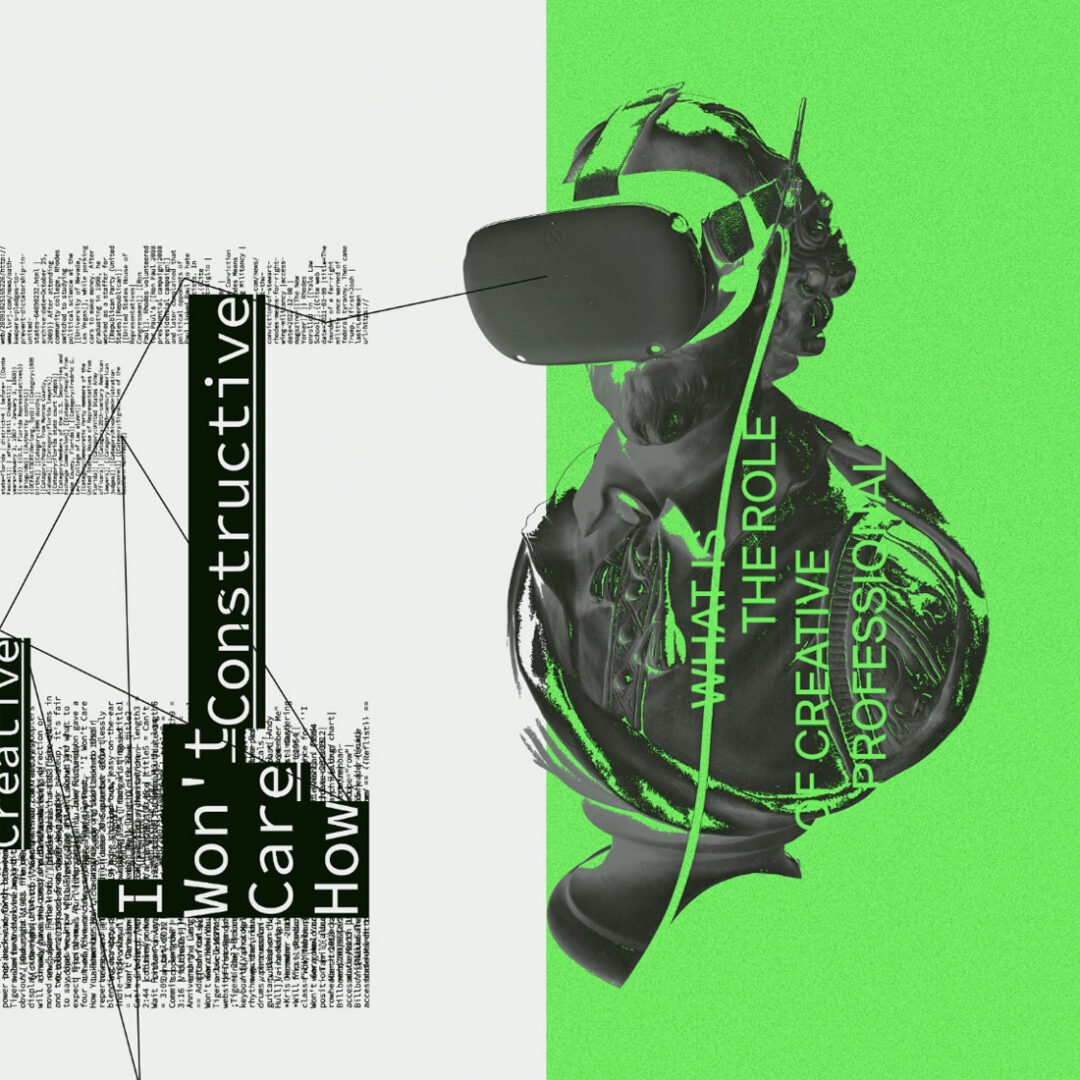What is an Ordering Principle?
Data-Design Dictionary
A dictionary to illuminate data-driven generative design and creative coding.
The ordering principle is either a rigid or dynamic form of input. It arranges the data flowing into a program on a defined surface and is used at the nodes inscribed in the program. There it influences their progress according to its expression. The environment, with its multitude of entities and properties, provides an immense source of data and regularities that can be used as ordering principles for decisions in generative programs.
For example, it may be a physical force that acts formulaically – and thus rigidly – on the data fed to the program at the nodes. In contrast, a dynamic input in the form of changing data would be, for example, the swarming behavior of birds, growth processes of plants, international data flows, or even the heartbeat of a human being.
















